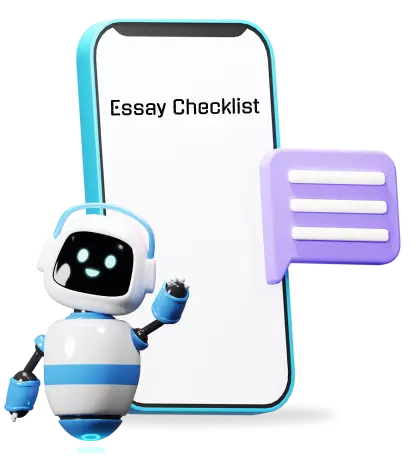
13 min read
Published on: May 8, 2023
Last updated on: May 11, 2023
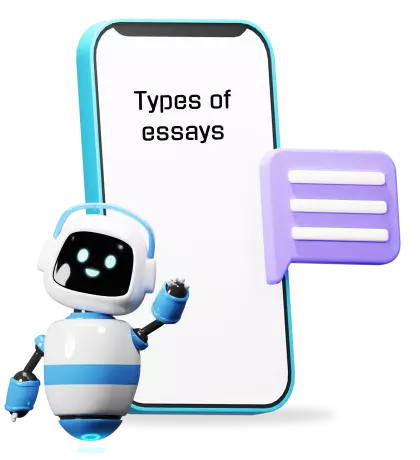
Essays are a common form of academic writing, and they come in all formats and sizes.
From persuasive to narrative, descriptive to expository, the types of essays can vary greatly. But with so many options, it can be difficult to know which one to choose for your next assignment.
In this blog, we'll break down the different types of essays so that when you are assigned to write an essay, you can confidently select the right one for your needs.
There are several main types of essays, each serving a different purpose. While there are many other essay subtypes, these primary categories encompass most essays:
Narrative Essay: A narrative essay tells a story from a specific point of view, usually the author's. It typically focuses on personal experiences, anecdotes, or observations and is written in the first person.
Descriptive Essay: A descriptive essay aims to provide a detailed picture of a person, place, object, or event. The writer uses vivid language and sensory details to paint a clear image in the reader's mind.
Persuasive Essay: A persuasive essay aims to convince the reader of the writer's viewpoint or position on a particular issue. It uses logic, evidence, and reasoning to persuade the reader to accept the writer's argument. Like expository essays, persuasive essays are typically written in the third person.
Argumentative Essay: An argumentative essay presents both sides of an issue or debate, with the writer taking a clear stance on one side. The goal is to provide a well-reasoned and evidence-based argument to support the writer's position while also addressing counterarguments.
These main types of essays can be further divided into subtypes based on specific purposes, structures, or subjects. However, most essays you encounter will fall into one of these primary categories.
Here are some common subtypes for each of the main types of essays:
These subtypes provide more specific approaches to essay writing within the broader categories of narrative, descriptive, expository, persuasive, and argumentative essays.
While the previously mentioned essay types cover the vast majority of essays students and writers may encounter, there are still some specialized or lesser-known essay types that can be considered
This essay requires the writer to reflect on a personal experience, event, or situation, analyzing its impact and the lessons learned. It often involves critical thinking and introspection, combining elements of narrative and descriptive essays.
A critical essay analyzes and evaluates a piece of work, such as literature, film, or art. It involves providing an interpretation of the work, examining its themes, techniques, and effectiveness while offering a well-reasoned critique.
Creative essays allow writers to explore their imagination and express themselves in a more artistic and unconventional manner. They may incorporate elements of narrative, descriptive, and other essay types but often defy traditional essay structures.
A synthesis essay requires the writer to analyze and combine information from multiple sources to develop a new understanding or perspective on a topic. It involves critical thinking, research, and effective organization of ideas.
This essay examines how an author or speaker uses rhetorical strategies to persuade or inform an audience. It involves analyzing elements such as tone, style, structure, and rhetorical devices used in a text or speech.
A research essay involves conducting in-depth research on a topic and presenting the findings in a structured, well-organized manner. It requires the writer to synthesize information from various sources, evaluate evidence, and draw conclusions based on their research.
This type of essay explores a literary work, such as a novel, poem, or play, by examining its themes, characters, plot, symbols, and literary devices. It requires close reading, critical thinking, and the ability to present a coherent analysis of the work.
An exploratory essay allows the writer to investigate a topic by posing a question or problem without necessarily taking a stance. The writer explores different perspectives and ideas while seeking to understand the issue more deeply.
In a classification essay, the writer organizes subjects, ideas, or objects into categories based on shared characteristics. This essay type involves critical thinking, analysis, and the ability to create meaningful connections between items.
A deductive essay involves applying deductive reasoning to draw conclusions based on premises or evidence. The writer presents a logical argument and demonstrates how the conclusion follows from the given information.
An inductive essay uses inductive reasoning to develop an argument, moving from specific observations or instances to a general conclusion. It requires the writer to examine patterns, trends, and evidence to draw broader conclusions about a topic.
A response essay, also known as a reaction essay, provides the writer's personal viewpoint or emotional reaction to a text, event, or experience. It may involve analysis, critique, or reflection, depending on the writer's purpose and the subject matter.
This type of essay analyzes visual elements, such as paintings, photographs, advertisements, or films, to explore their meaning, purpose, and effectiveness. The writer examines the visual techniques, composition, and symbolism to provide a deeper understanding of the work.
A review essay evaluates a specific work or product, offering a detailed assessment of its quality, value, and significance. The writer provides a critical analysis of the subject, often discussing its strengths, weaknesses, and overall impact.
A process essay, also known as a "how-to" essay, provides step-by-step instructions on how to accomplish a specific task or achieve a particular goal. It is typically written in a clear, concise, and chronological manner.
An informal essay is a more casual piece of writing, often characterized by a conversational tone and personal anecdotes. It allows the writer to express their thoughts and opinions without adhering to strict academic conventions.
An admission essay, or college application essay, is a personal statement written by a prospective student as part of the application process for colleges or universities. It typically showcases the applicant's background, experiences, and aspirations, demonstrating why they would be a good fit for the institution.
A scholarship essay is written by students seeking financial aid or awards based on their academic achievements, extracurricular activities, or personal background. It often requires the writer to discuss their goals, experiences, and qualifications in a persuasive and engaging manner.
A diagnostic essay is typically assigned at the beginning of a course or academic term to help instructors assess students' writing skills and understanding of course material. It may involve responding to a prompt or analyzing a specific topic.
A profile essay provides an in-depth look at a person, place, event, or organization, offering a detailed and engaging portrait of the subject. It combines elements of descriptive, narrative, and expository writing to convey the subject's unique qualities and significance.
A case study essay involves examining a specific real-world situation, problem, or example in detail to draw insights, lessons, or recommendations. It often requires thorough research, analysis, and critical thinking to identify key factors and develop actionable solutions.
A definition essay explores the meaning of a term or concept in depth, often providing historical context, usage, and related ideas. The writer may also discuss various interpretations or perspectives on the term's meaning.
A synoptic essay requires the writer to synthesize and integrate information from multiple sources or perspectives to develop a broader understanding of a topic. It may involve comparing and contrasting ideas, identifying patterns, or drawing connections between seemingly unrelated concepts.
An interpretive essay involves providing a subjective interpretation or analysis of a text, event, or phenomenon. The writer develops a unique perspective or argument based on their understanding of the subject matter, often drawing on personal experience, intuition, or critical thinking.
A paraphrase essay involves rewriting a source text in the writer's own words, preserving the original meaning while demonstrating a thorough understanding of the material. This type of essay can be a valuable exercise in improving comprehension and writing skills.
A dialectic essay, also known as a dialectical essay, explores a topic through the lens of opposing arguments or perspectives. The writer presents a thesis, offers counterarguments, and then provides a synthesis or resolution that reconciles the conflicting viewpoints.
A photo essay combines visual elements, such as photographs or illustrations, with written commentary to tell a story, explore a theme, or convey a message. The writer uses images to enhance or complement the text, creating a dynamic interplay between visual and verbal elements.
A hybrid essay combines elements of multiple essay types to create a unique and engaging format. For example, a writer might blend narrative and descriptive techniques in a reflective essay or incorporate elements of argumentation and persuasion in an expository essay.
A commentary is an essay that offers the writer's analysis, interpretation, or evaluation of a specific text, event, or phenomenon. Commentaries often focus on specific aspects of the subject, providing insights and opinions to provoke thought or discussion.
An epistolary essay is written in the form of letters, diary entries, or other personal correspondence. This essay type allows the writer to explore ideas and emotions from a first-person perspective, often using an engaging and intimate narrative voice.
The progymnasmata are a series of rhetorical exercises that originated in ancient Greek and Roman education. They include various types of essays, such as fables, anecdotes, maxims, and descriptions, designed to help students develop their writing and rhetorical skills.
A speculative essay explores hypothetical scenarios, imaginary situations, or abstract ideas, often using creativity and critical thinking to engage with complex or open-ended questions. This essay type encourages the writer to consider multiple possibilities and imagine potential outcomes.
A travel essay is a type of personal essay that focuses on the writer's experiences and observations while traveling. It often combines elements of narrative and descriptive writing to evoke a sense of place, culture, and personal discovery.
An aphoristic essay is a collection of concise, insightful statements or observations on a particular theme or subject. The writer presents a series of thought-provoking ideas, often using wit, humor, or poetic language to engage the reader.
A proposal essay presents a problem, issue, or question and suggests a potential solution or course of action. The writer must provide a convincing argument to support their proposal, often using research, analysis, and persuasive techniques.
A personal philosophy essay explores the writer's beliefs, values, or principles about a specific topic or issue. It requires the writer to engage in introspection and reflection, examining the origins, development, and implications of their ideas.
A satirical essay uses humor, irony, exaggeration, or ridicule to expose, criticize, or comment on human vices, follies, or societal issues. This essay type often employs wit and sarcasm to make a point, drawing attention to problems or absurdities in a playful or provocative manner.
A thematic essay focuses on a specific theme or subject, examining various aspects, ideas, or perspectives related to the topic. It often involves drawing connections between different texts, events, or experiences to develop a deeper understanding of the theme.
These additional essay types further illustrate the diversity of essay writing and the many ways writers can explore ideas, share experiences, and engage with different subjects. However, it's essential to recognize that these categories are not rigid, and many essays may draw on elements from multiple types or defy conventional classification.
As you explore various essay types, remember that your primary goal should be to effectively communicate your thoughts and ideas to your audience, using the most appropriate format and essay structure for your specific purpose.
So there you have it!
Now you know about the different essay types and their characteristics.
Keep in mind that essays can be tailored to suit specific purposes or contexts, either by writers’ own creativity or by using an essay writer. In this sense, the potential for various essay types is virtually limitless.

WRITTEN BY
Cathy A. (Mass Communication, Education)
Cathy is a highly dedicated author who has been writing for the platform for over five years. With a Master's degree in Mass Communication, she is well-versed in various forms of writing such as articles, press releases, blog posts, and whitepapers. As an essay writing guide author at PerfectEssayWriter.ai, she has been helping students and professionals improve their writing skills by offering practical tips on research, citation, sentence structure, and style.
Cathy is a highly dedicated author who has been writing for the platform for over five years. With a Master's degree in Mass Communication, she is well-versed in various forms of writing such as articles, press releases, blog posts, and whitepapers. As an essay writing guide author at PerfectEssayWriter.ai, she has been helping students and professionals improve their writing skills by offering practical tips on research, citation, sentence structure, and style.
On This Page On This Page
Share this article
Essay Structure
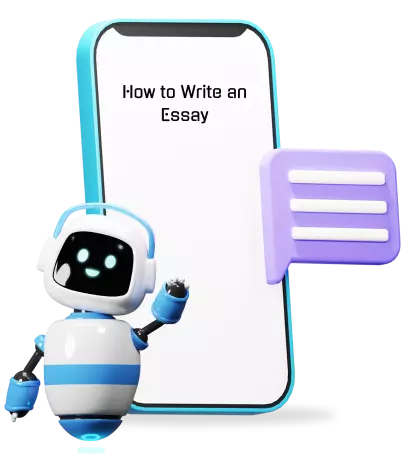
Essay Topics
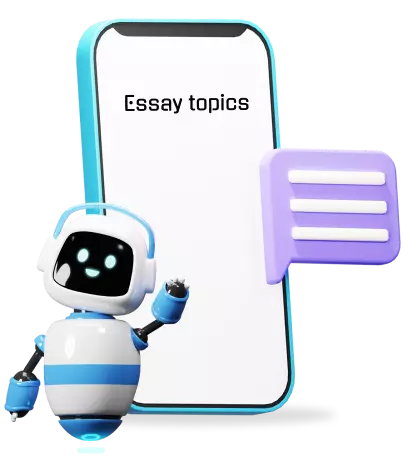
Essay Outline
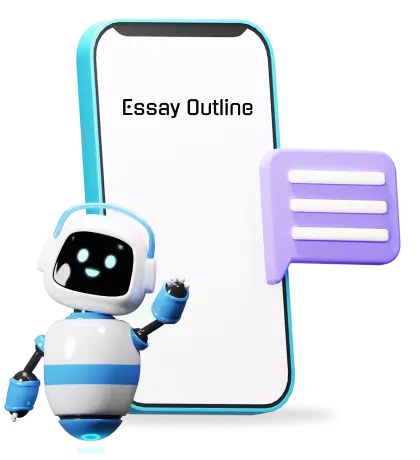
Essay Introduction
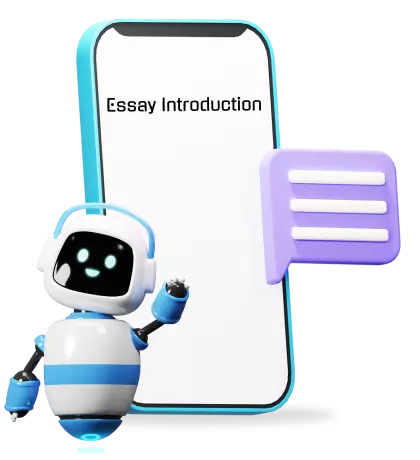
Thesis Statement
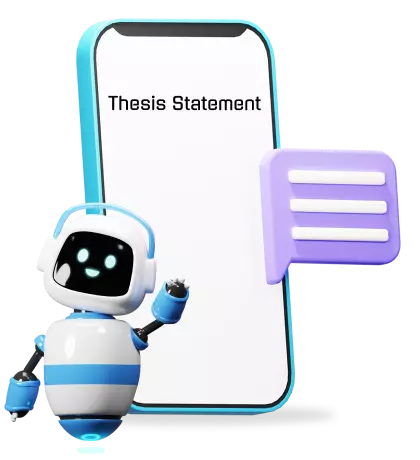
Thesis Statement Example
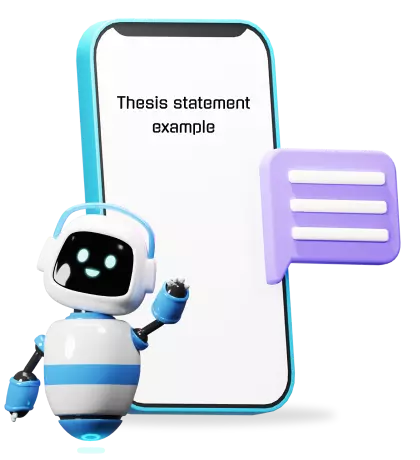
How To Write A Body Paragraph
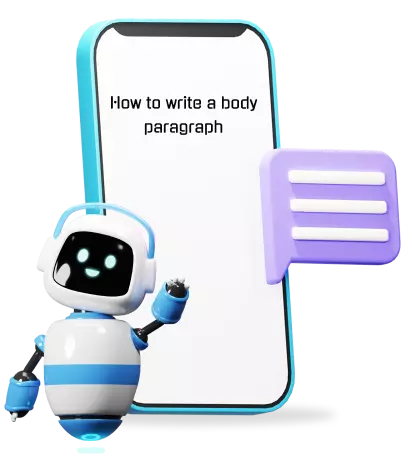
How To Conclude An Essay

How to Revise an Essay
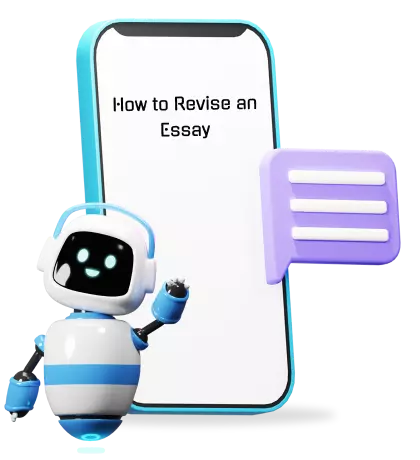
Essay Examples
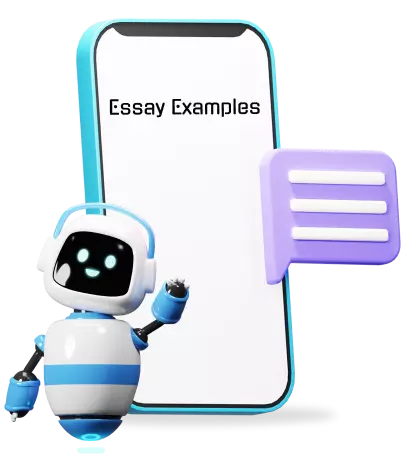
How Long is an Essay

Essay Checklist
